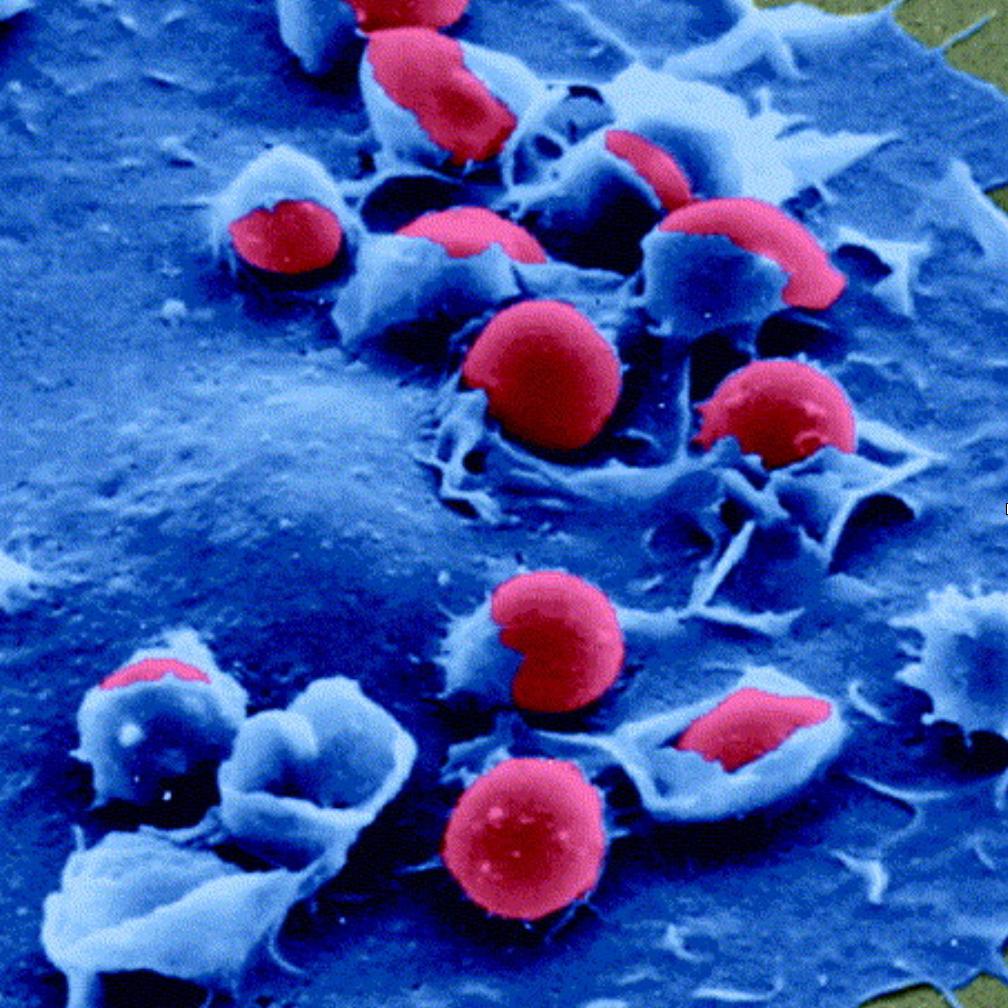Immune networks: multi-tasking capabilities at medium load
Associative networks with different loads model the ability of the immune system to respond simultaneously to multiple distinct antigen invasions.
Journal of Physics A 46, 33 (2013)
E. Agliari, A. Annibale, A. Barra, A. Coolen, D. Tantari




LCP












Associative network models featuring multi-tasking properties have been introduced recently and studied in the low load regime, where the number P of simultaneously retrievable patterns scales with the number N of nodes as P ∼ log N. In addition to their relevance in artificial intelligence, these models are increasingly important in immunology, where stored patterns represent strategies to fight pathogens and nodes represent lymphocyte clones. They allow us to understand the crucial ability of the immune system to respond simultaneously to multiple distinct antigen invasions. Here we develop further the statistical mechanical analysis of such systems, by studying the medium load regime, P ∼ Nδ with δ ∈ (0, 1]. We derive three main results. First, we reveal the nontrivial architecture of these networks: they exhibit a high degree of modularity and clustering, which is linked to their retrieval abilities. Second, by solving the model we demonstrate for δ < 1 the existence of large regions in the phase diagram where the network can retrieve all stored patterns simultaneously. Finally, in the high load regime δ = 1 we find that the system behaves as a spin glass, suggesting that finite-connectivity frameworks are required to achieve effective retrieval.